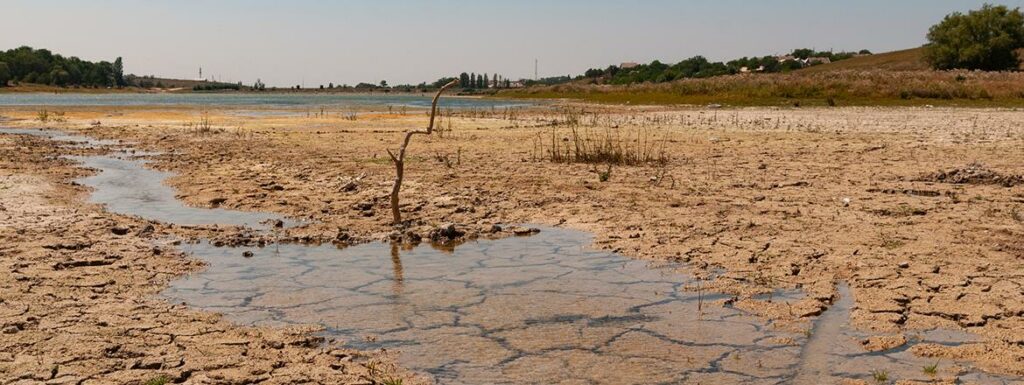From the CO2Science Archive: K. Heine notes that “droughts and floods represent extreme conditions, and are precisely those that are foreseen to increase in [the] future with global change.” Hence, he broaches this important subject via a study of soil sequences and slackwater deposits laid down over the course of the Holocene in valleys of the Namibian Desert, which is located between southern Angola and South Africa along the South Atlantic Ocean and stretches inland about 200 km, where it abuts on Africa’s Great Western Escarpment.
Paper reviewed: Heine, K. 2004. Flood reconstructions in the Namib Desert, Namibia and Little Ice Age climatic implications: Evidence from slackwater deposits and desert soil sequences. Journal of the Geological Society of India 64: 535-547.
What was learned
Heine reports that “during the Holocene, slackwater deposits of the Namib Desert valleys accumulated between ca. 10 and 8 ka BP and between ca. 2 and 0 ka BP.” Of the latter period, he notes that “the youngest accumulation phase occurred during the Little Ice Age (LIA, ca. AD 1300 to 1850).” In addition, he specifically states that “the biggest flash floods of the LIA, in most catchments, experienced water levels in the valleys that exceeded the most extreme floods of the last 100 to 150 years.”
Commenting on the nature of the LIA itself, Heine reports that “maximum LIA cooling occurred around AD 1700 (ca. -1C),” noting that “this cold period was coeval with cool events recorded in a large variety of proxy data from all sites over southern Africa and from corals in the ocean off southwestern Madagascar (Tyson et al., 2001).”
What it means
In Africa’s Namib Desert, the greatest floods of the past two millennia occurred during its coldest period, the Little Ice Age, with nothing to compare to them during what climate alarmists typically describe as the warmest portion of the past two millennia, i.e., the latter part of the 20th century. These real-world observations are the exact opposite of what they predict about floods and global warming.
Reference
Tyson, P.D., Odada, E.O. and Partridge, T.C. 2001. Late-Quaternary and Holocene environmental change in Southern Africa. South African Journal of Science 97: 139-149.



Err, so does Mann et al continue to insist that the little Ice Age was purely a regional event?
Of course he does, it’s far too late for Piltdown Mann to ever change direction and be honest, he has had a hand in ruining too many careers, he would be attacked mercilessly. He can only keep going atop an ever growing pile of bodies.
Who are the secret supporters on Mann????
I thought he was a moron with his tree rings. Nothing he has said since has made any sense. Why is he still collecting a wage?